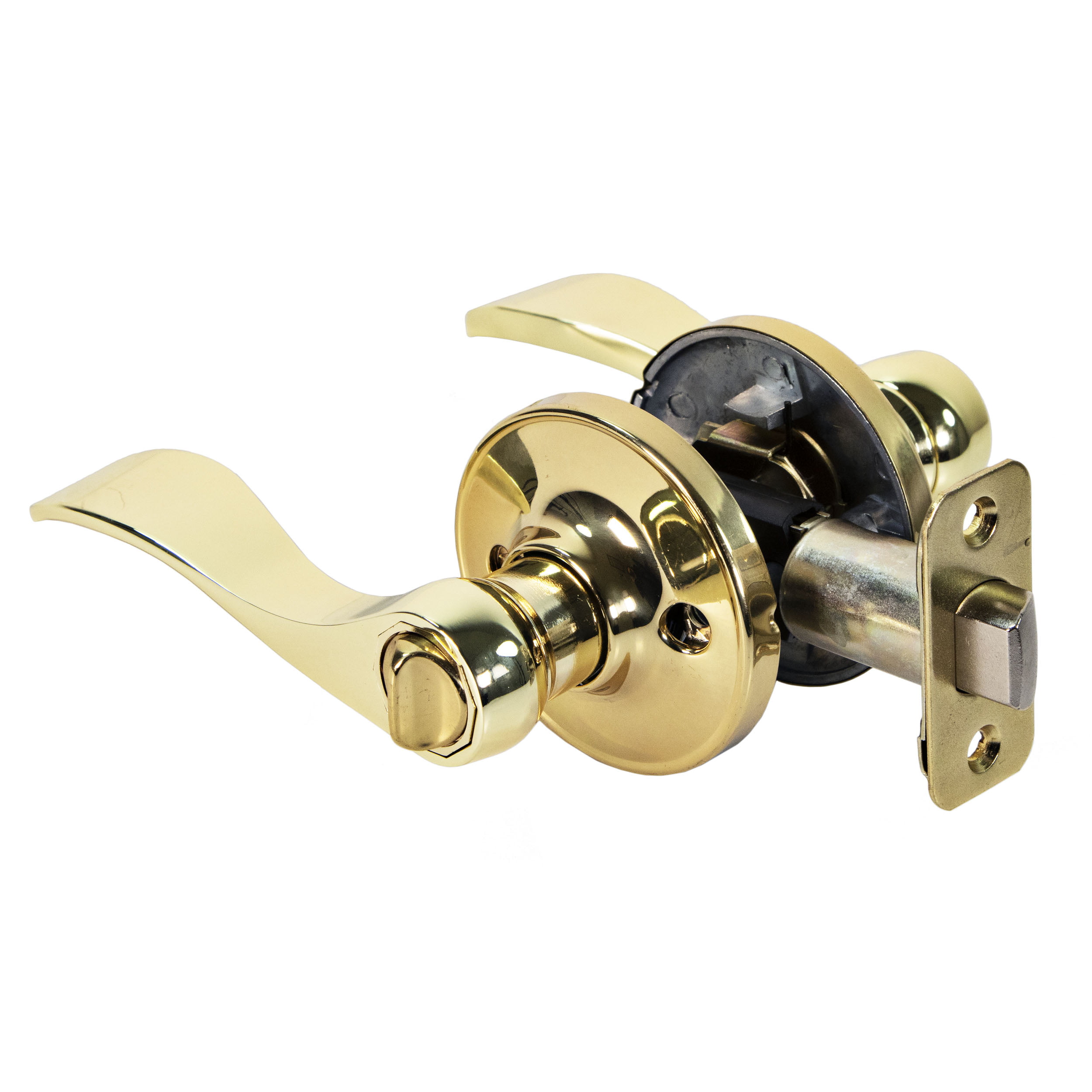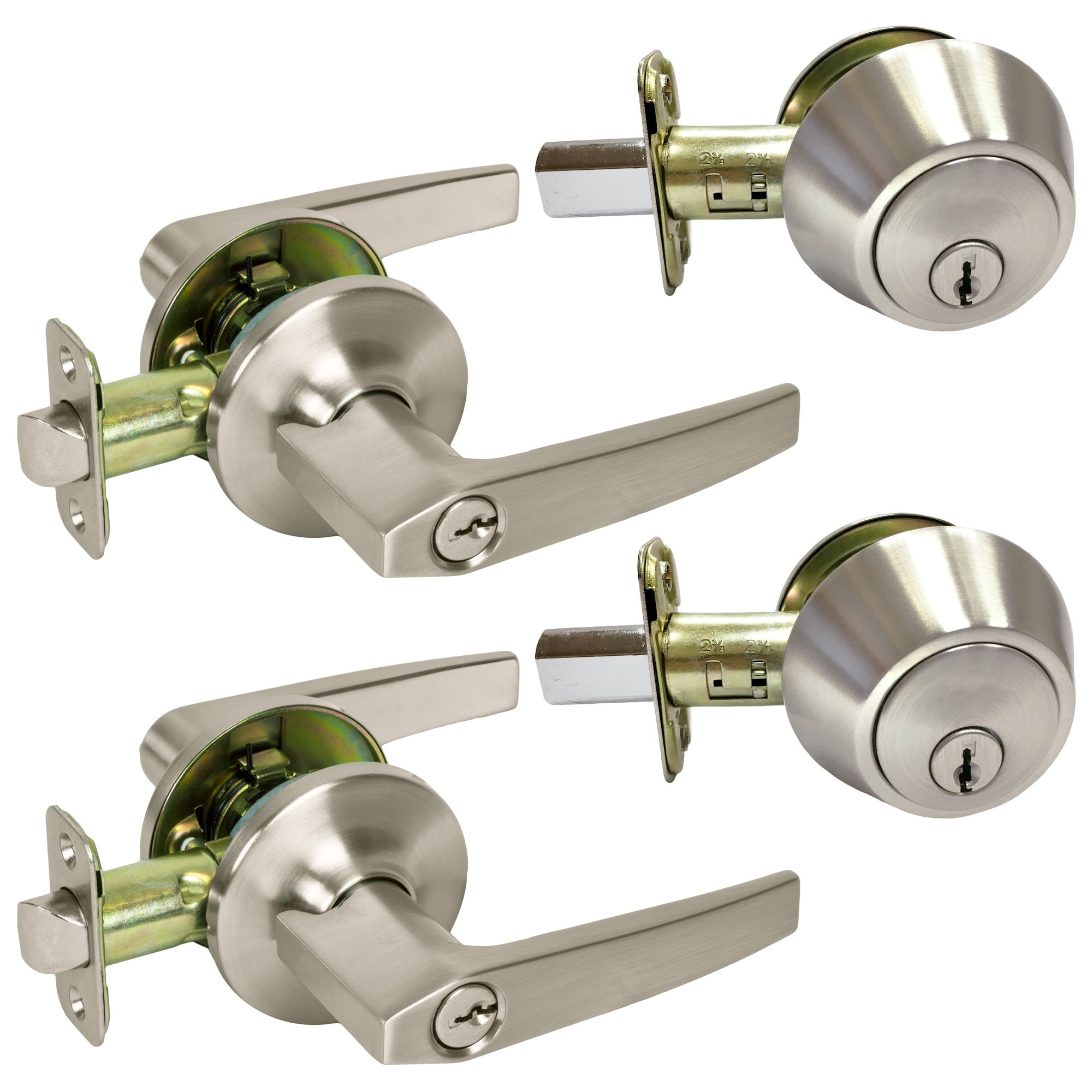Types of Bedroom Door Handles with Locks and Keys: Bedroom Door Handle With Lock And Key

Choosing the right bedroom door handle with a lock and key is essential for privacy and security. The market offers various types, each with unique features, advantages, and disadvantages. Understanding these options allows you to make an informed decision based on your needs and preferences.
Lever Handles
Lever handles are popular for their modern aesthetics and ease of use. They are operated by pressing down on a lever, which engages the lock mechanism.
- Advantages: Lever handles are convenient for people with limited mobility or arthritis, as they require less force to operate. They also offer a wide range of styles to complement any décor.
- Disadvantages: Lever handles can be more susceptible to forced entry than other types, as they can be pried open with tools.
Knob Handles
Knob handles are a traditional choice, known for their simplicity and durability. They are operated by turning a knob, which engages the lock mechanism.
- Advantages: Knob handles are generally more secure than lever handles, as they are more difficult to pry open. They also offer a wide range of styles and materials, including brass, chrome, and nickel.
- Disadvantages: Knob handles can be difficult to use for people with limited mobility or arthritis, as they require a twisting motion.
Deadbolt Handles
Deadbolt handles offer the highest level of security. They feature a separate deadbolt that is engaged by turning a key.
- Advantages: Deadbolt handles are highly resistant to forced entry, making them ideal for exterior doors and bedrooms that require enhanced security. They are available in various styles and finishes to match any décor.
- Disadvantages: Deadbolt handles require a key to unlock, which can be inconvenient if you frequently need to enter the room. They are also generally more expensive than lever or knob handles.
Comparison Table
The following table summarizes the key features and functionalities of each type of bedroom door handle with a lock and key:
| Type | Material | Styles | Security Level | Price Range |
|---|---|---|---|---|
| Lever Handle | Brass, chrome, nickel, stainless steel | Modern, contemporary, traditional | Medium | $20 – $100 |
| Knob Handle | Brass, chrome, nickel, stainless steel, wood | Traditional, modern, contemporary | High | $30 – $150 |
| Deadbolt Handle | Brass, chrome, nickel, stainless steel | Traditional, modern, contemporary | Very high | $50 – $200 |
Key Features and Considerations

Choosing the right bedroom door handle with a lock and key involves more than just aesthetics. Security and privacy are crucial factors to consider, and understanding the features available can help you make an informed decision.
Security Features
Security features are essential for protecting your home and belongings. These features deter unauthorized entry and provide peace of mind.
- Keyway Types: Different keyways offer varying levels of security. For instance, a standard keyway is more susceptible to picking, while a high-security keyway, such as a Kwikset SmartKey, is more resistant to picking and bumping.
- Anti-Bumping Mechanisms: Bumping is a technique used to open locks by applying pressure to the keyway. Anti-bumping mechanisms, like those found in some Kwikset and Schlage locks, are designed to prevent this technique from working.
- Anti-Picking Features: Picking is another method used to unlock doors without a key. Locks with anti-picking features, such as pin tumblers or serrated keys, make it more difficult for thieves to pick the lock.
Privacy Features
Privacy features are important for ensuring your personal space remains undisturbed.
- Locking from Both Sides: This feature allows you to lock the door from both the inside and outside, providing additional security and privacy.
- Privacy Knobs: These knobs can be locked from the inside but cannot be unlocked from the outside without a key. They are commonly used in bedrooms and bathrooms to ensure privacy.
Materials
The material of a door handle can significantly impact its durability and aesthetics.
- Brass: Brass is a durable and corrosion-resistant material that adds a classic touch to door handles. It is often used in high-end handles and can be polished to a high shine.
- Stainless Steel: Stainless steel is a strong and durable material that is resistant to rust and corrosion. It is a popular choice for modern door handles and offers a sleek, contemporary look.
- Nickel: Nickel is a durable and versatile material that is often used in door handles. It is available in various finishes, including brushed nickel, polished nickel, and satin nickel.
Choosing the Right Door Handle, Bedroom door handle with lock and key
When choosing a bedroom door handle, consider the following factors:
- Personal Preferences: Choose a style that complements your home’s décor and your personal taste.
- Budget: Door handles come in a wide range of prices, so set a budget before you start shopping.
- Security Requirements: If security is a priority, consider a door handle with high-security features, such as anti-bumping and anti-picking mechanisms.
Installation and Maintenance

Installing a bedroom door handle with a lock and key is a straightforward DIY project that can enhance the security and style of your home. Proper installation ensures smooth operation and longevity, while regular maintenance keeps your door handle functioning flawlessly for years to come.
Installation Guide
Installing a new door handle requires basic tools and a few simple steps.
- Gather the necessary tools and materials. You’ll need a screwdriver, a pencil, a level, a tape measure, and possibly a drill with appropriate bits. The installation kit should include all the necessary screws and other hardware.
- Remove the old door handle. Carefully unscrew the existing handle and remove it from the door. Note the position of the screws and any other components for reassembly.
- Prepare the door for installation. If needed, use a drill to create new holes for the new handle. Ensure the holes are properly aligned and at the correct depth.
- Install the new door handle. Attach the new handle to the door using the provided screws. Ensure the handle is level and secure.
- Install the lock and key. Attach the lock to the door frame and secure it with the appropriate screws. Test the lock and key to ensure they work properly.
Troubleshooting Common Installation Issues
During installation, you might encounter some common challenges.
- Misaligned holes: If the holes for the new handle don’t align with the existing ones, use a drill to create new holes. Ensure the holes are properly aligned and at the correct depth.
- Loose screws: If the screws are too loose, the handle might wobble or become loose over time. Use a screwdriver to tighten the screws securely.
- Stripped screws: If the screws are stripped, replace them with new ones. You can also use a screw extractor to remove the stripped screw.
Maintenance Practices
Regular maintenance is essential to ensure the longevity and optimal functionality of your door handle.
- Cleaning: Wipe the handle with a damp cloth to remove dust and dirt. Avoid using harsh chemicals or abrasive cleaners, as they can damage the finish.
- Lubrication: Apply a small amount of lubricant to the moving parts of the handle, such as the latch and the spindle, to prevent friction and wear. Avoid using oil-based lubricants, as they can attract dust and dirt.
- Key Care: Keep your keys clean and dry. Avoid bending or dropping your keys, as this can damage the mechanism.
Replacement Parts and Repairs
Over time, some parts of your door handle may wear out or break.
- Common Replacement Parts: Common replacement parts include the latch, the spindle, the handle itself, and the lock cylinder. These parts are readily available at hardware stores and online retailers.
- Repair Resources: If you’re unable to repair your door handle yourself, you can contact a locksmith or a professional handyman for assistance.
